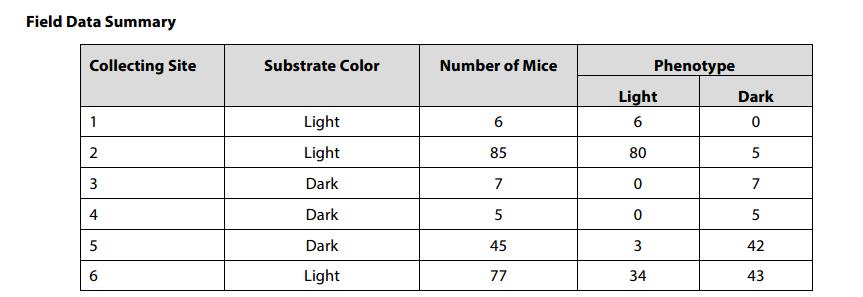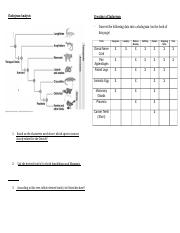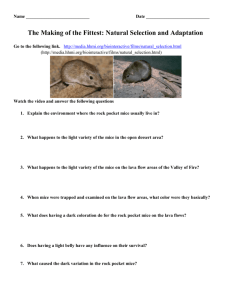
intermedius ) is found in the southwestern United States and adjacent regions of Mexico. I can apply the theory of natural selection to explain how a specific adaptation could have evolved over time This process can take many generations and extend over very long periods of time.I can explain how the frequency of a trait may change over time due to natural selection The frequency of the trait that helps individuals survive or leave more offspring will increase in the population over time, as will the alleles that affect the trait. Traits that are beneficial in one environment may not be beneficial in another. Some individuals with a trait are more likely to survive and reproduce than those without the trait. More offspring are born than can survive. Mutations and recombination of genes during sexual reproduction. The trait is inherited (passed from parents to offspring). Variations can be physical features, behavior, bodily functions, or resistance to disease. Individuals in a population differ in some trait. Use what you have learned in the activity and the film we watched on rock pocket mice. **Other Animals that Model Natural Selection - For discussion in ClassĮvolution by Natural Selection - VIDA Chart - In the evidence section, write a list of ways in which the rock pocket mouse illustrates the idea posed in the description. Hint: those features might help them do other things. Suggest a reason for traits that don’t help an animal survive. Sometimes animals have traits that don’t seem to make sense, like the long tail feathers of a peacock. How do predator species in the desert survive? What adaptations do they have to make them good hunters?ĥ. Predators must be able to obtain food and overcome the defenses of prey. What are other types of defenses that prey species might use?Ĥ. Animals develop many types of defenses to avoid being eaten. What happens to organisms that have adaptations that no longer work for their environment?ģ.
#Color variation over time in rock pocket mouse populations skin
Based on this hypothesis, where do you think more darker skinned people lived? Suggest a reason why light skin may be an advantage for people living in other regions.Ģ. One hypothesis is that dark skin protected humans from intense UV radiation (sunlight). Human skin color also comes in different shades. Consider the dark and light colored rock pocket mice. How did you revise your sequence from your initial idea? Explain how you decided on the sequence.ġ. Once you are satisfied with the order, complete the table.Ĩ. You may change your order from your original idea. Now that you have watched the video, go back to your set of cards and arrange them in the order you think they happened, starting with the oldest. Genetics revealed what surprising fact about mice in different locations?ħ.

Dark pocket mice are found in locations that have dark substrate.





 0 kommentar(er)
0 kommentar(er)
